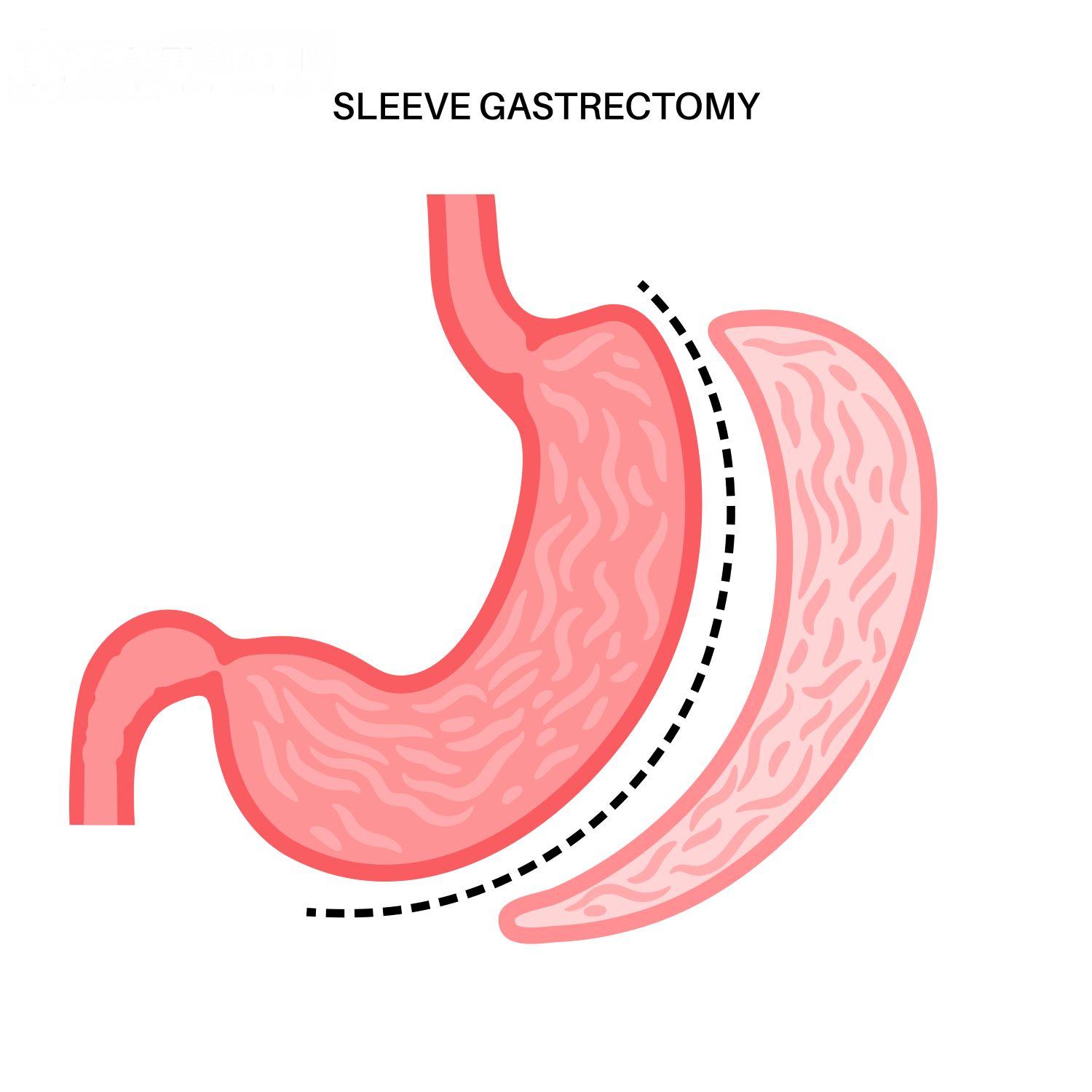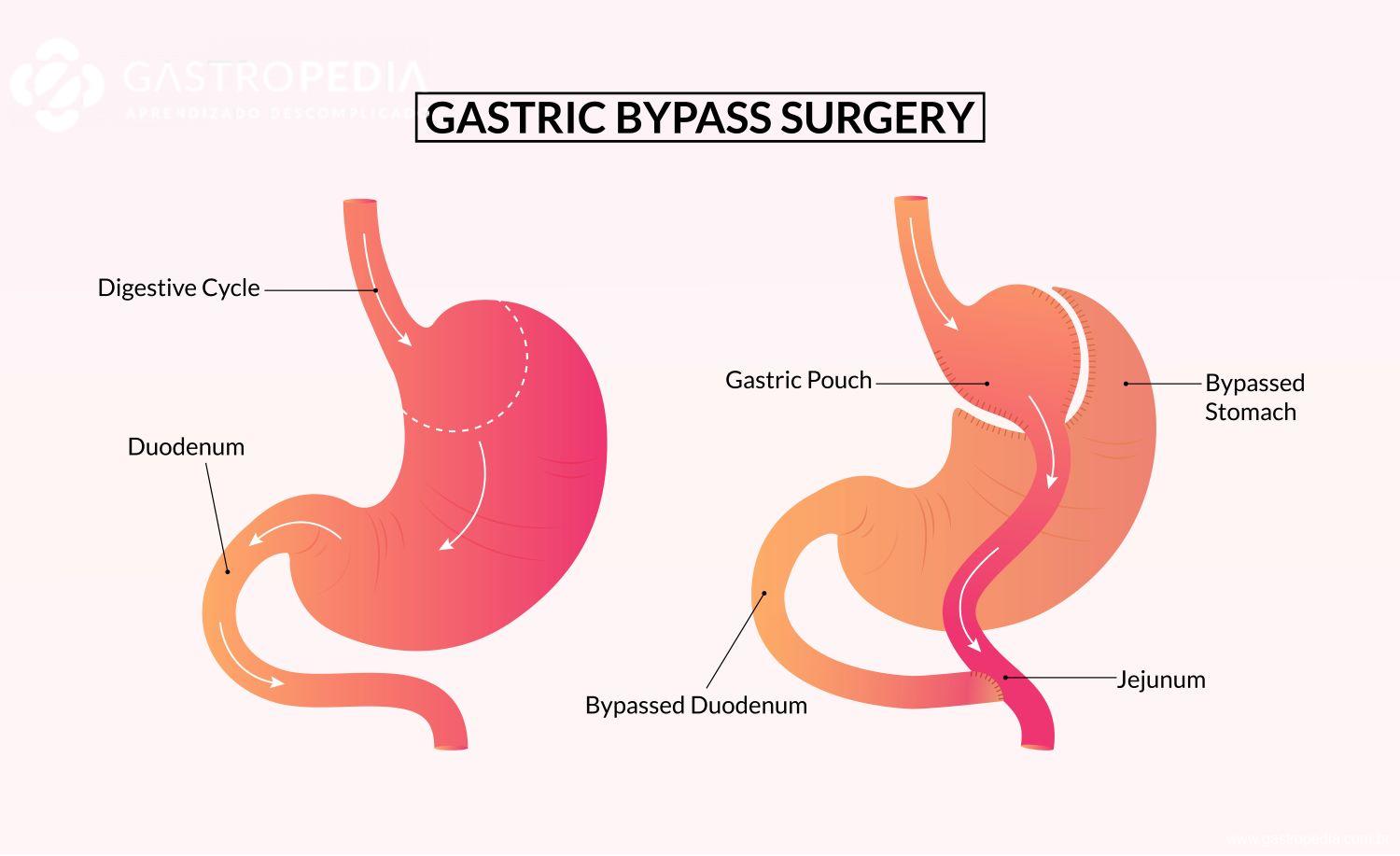Understanding Colostomy: What do you need to know about this procedure?
Health is a serious matter and undergoing certain clinical or surgical procedures at some stage is part of our life. Whether it’s routine in a check-up or for a specific event, aiming to ascertain or repair some irregularity, a visit to the doctor can happen at one time or another.
Such procedures range from the simplest to the most complex, from the most basic to the most advanced, such as, for example, a colostomy which is a very common procedure despite the name.
After hearing this name, which may be the first time you are hearing it, you must be wondering: but what is a colostomy?
We will help you find out from now on. Come with me…
What is a colostomy?
A colostomy is a surgical procedure used to connect a part of the large intestine to the abdominal wall, with the aim of allowing the exit of feces through an external bag.
More clearly, it consists of the externalization of a small piece of the intestine, through the abdominal wall, so that the intestine functions normally.
This type of procedure is performed when there is a problem that prevents the evacuation of feces naturally, through the anus.
Generally, this technique is used as part of the surgical treatment of some health problems, such as diverticulitis, obstructions and even in cancers of the gastrointestinal system.
Being more direct, it is a resource that serves to divert the transit of feces which, as said a little while ago, cannot be eliminated by performing the process of digestion and natural evacuation.
Despite being frequent in a situation seen as delicate, the colostomy, is used in cases also of less complexity for a short period of time. That is, the patient only uses the bag during the recovery period after surgery in the anal or intestinal region.
However, in a more serious occurrence, such as in cases of obstruction of part of the intestine, the bag is kept for a longer period.
The most common types of colostomies
However, there are other types of colostomies, among them the following stand out:
- Simple or terminal colostomy: When only the segment of intestine that carries the feces is externalized.
- Double barrel or loop colostomy: The two segments of the intestine (the one that carries the feces and the one that would receive) are externalized together through the same place, leaving the colostomy with “two mouths”.
When is this procedure indicated?
Although it is, most of the time, directly linked to intestinal problems, the colostomy may be necessary in other situations.
Recapping, primarily, it is used in situations that prevent the person from evacuating naturally, but, note the other cases:
- Non-existent anal opening;
- Blocked anus;
- Partial or total intestinal blockage;
- Colorectal cancer;
- Wounds and fistulas in the perineum;
- Severe intestinal infection;
- Severe inflammation of the colon;
- Familial adenomatous polyposis;
- Ulcerative rectocolitis.
What are the risks and benefits of colostomy surgery?
Even though it is a surgical procedure that somewhat takes our life out of normality, with more visits than usual to the hospital, going through moments like this can save our lives.
And every change brings with it risks and benefits, especially when we are referring to health which is a topic that cannot go unnoticed, even if it is of lesser complexity.
The colostomy, for example, like any other surgical procedure, has its degree of risk to be considered, however, there is also its benefit side.
Benefits
Its main benefit is to enable the return to normality of daily life. It allows the patient to perform all the activities he needs, whether personal or professional.
It literally means going back to living as before. Obviously, always paying special attention to the care that all post-surgical health status requires.
However, it is necessary to direct some attention to the risks that every surgical procedure brings, not because we are talking about colostomy, but in any type of surgical intervention.
Risks
The risks are due to complications that occasionally occur after the procedure, almost always at the site of the opening or cut of the stomach, the most recurrent complications being:
- Bleeding;
- Infections;
- Necrosis;
- Retraction;
- Dermatitis;
- Prolapse;
- Hernia.
What complications can occur with the colostomy?
The complications originated after the colostomy procedure can be in two ways, early or late.
Early complications usually occur immediately in the post-surgical period, being skin irritations, as well as the formation of hematomas that unfortunately appear at the site of the opening, or ostomy as it is known.
Late complications usually present themselves in a slightly longer period after surgery. The most frequent are:
- Stenosis: is the development of an excess of skin after the healing of the stoma;
- Ostomy prolapse: when part of the intestine is left out, caused by poor fixation of the stoma;
- Paraestomal hernia: swelling of the intestine under the skin due to the opening of the muscle tissue;
- Ostomy retraction: when the stoma is pulled into the abdomen due to tension;
- Necrosis: is the death of tissues at the site;
- Hemorrhage: loss of blood due to rupture of blood vessels near the site.
Care after surgeries
The care is the same normally employed in other surgical procedures, that is, from the use of medications and hygiene of the site aiming at its rapid healing to the protection of the stoma. In addition, whenever possible, expose the skin to the sun for a maximum of 20 minutes a day.
Want to know more, visit the website of the Brazilian Association of Ostomized (https://www.ostomizados.com/associacoes/associacoes.html).
These measures contribute significantly to the gradual return to normality.
An extra tip is always to keep an eye on the guidelines available in some information vehicles, especially on the internet that can give us a little help at any time, and about that, take the opportunity to follow the Gastroblog.
Follow our posts and get your doubts answered with the best possible guidance.
It will be a pleasure to receive you.
See you soon!



